Are your ads getting ignored? 😓
You might be spending a lot but not seeing results. 💸
That’s where Push Ads and Google Ads come in. Google Ads show your ad when someone searches 🔍, while Push Ads deliver messages straight to a user’s screen anytime 📲.

But which one works better for your business goals? 🤔
Let’s find out which gives more value for your money.👇
What Are The Major Differences Between PushAds & Google Ads
These are some major differences between the two. After reading all these features you will know which one to opt for.
1. Ad Placement (Where Your Ads Show Up)
Google Ads
- Ads can show on Google Search results pages when users type a query (e.g., “best shoes under ₹2000”).
- Appear across the Google Display Network, which includes millions of websites, apps, and blogs that allow Google’s banner/text ads.
- Show inside YouTube videos (as skippable or non-skippable video ads, or display overlays).
- Also appears in Gmail, Google Maps, and Google Shopping results.
- Placement is based on user intent, keywords, or content targeting.
Push Ads
- Ads are delivered as browser or mobile push notifications.
- They pop up directly on the user’s device — like a real-time alert — whether the user is browsing or not.
- These notifications can appear on both desktop and mobile, even if the browser is minimized (as long as the user has subscribed to push notifications).
- No need for a specific platform like Google — your message reaches the user instantly.
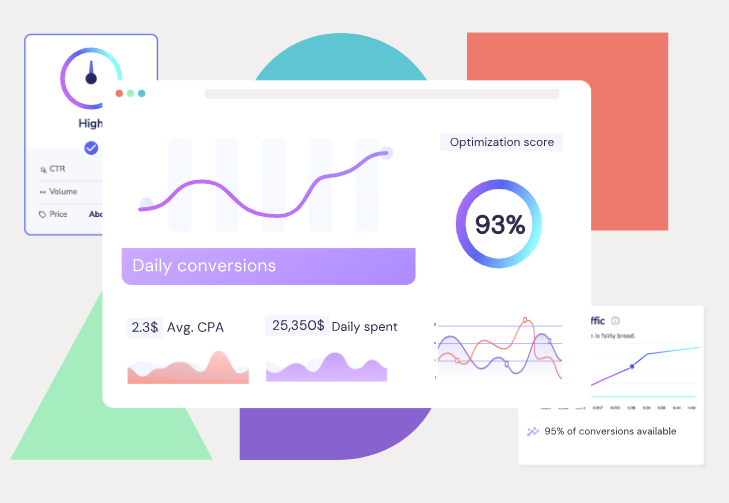
2. User Intent (How Interested the User Is)
Google Ads
- Shows your ads to people who are already searching for a product or solution.
- This is called high-intent marketing — users are more likely to click and convert.
- For example, someone searching “hire digital marketing expert” is more likely to take action if they see your service ad.
Push Ads
- Push notifications are interruptive — they appear while users are doing something else.
- The user isn’t actively looking for your product; they’re just browsing, gaming, or reading.
- This makes push ads low-intent, but they can still grab attention with strong creatives and offers.
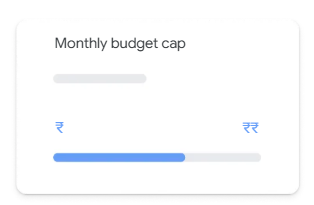
3. Targeting Options
Google Ads
- Offers the most granular targeting in digital advertising:
- Keywords (search terms users type)
- Custom audiences (based on browsing behavior, apps used, etc.)
- Retargeting (ads shown to previous visitors)
- Lookalike audiences (similar to your existing customers)
- Device, location, language, time, gender, age, income, and more.
- Perfect for both broad and laser-focused campaigns.
Push Ads
- Targeting depends on the ad network, but usually includes:
- Geo-targeting (country, city, region)
- Device type (desktop/mobile/tablet)
- OS and browser (Android, iOS, Chrome, Firefox, etc.)
- Connection type (WiFi, 4G, 5G)
- User interest categories (gaming, dating, finance, etc.)
- Some premium push networks offer subscriber segmentation, but it’s not as advanced as Google Ads.
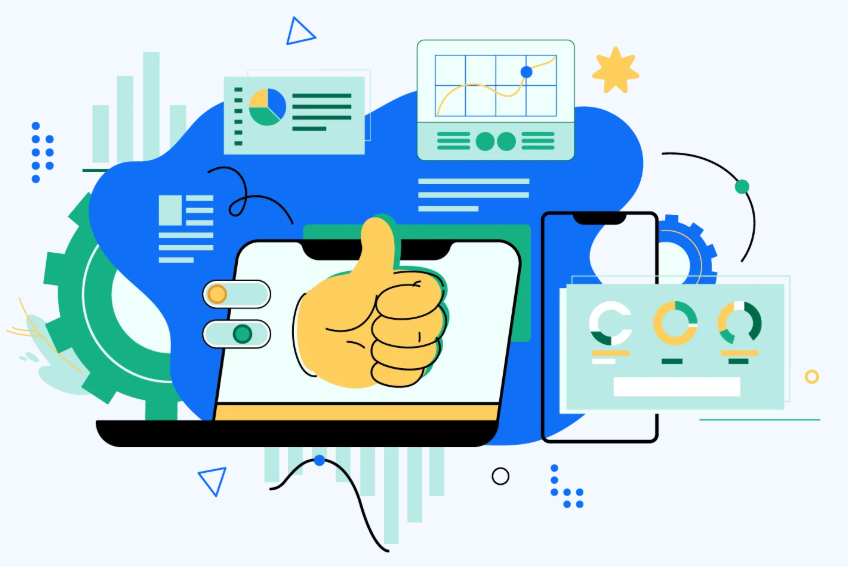
4. Cost-Per-Click (CPC)
Google Ads
- Can be expensive, especially in competitive niches like:
- Insurance
- Legal services
- Finance
- Education
- CPCs can go as high as $10–$50 in the US.
- But since the traffic is high-intent, conversion rates are strong.
Push Ads
- Generally very cheap traffic.
- CPCs range between $0.001 to $0.10, depending on geo and quality.
- Great for scaling volume campaigns or testing offers quickly.
- Can be cost-effective, but needs strong creative hooks to get conversions from low-intent traffic.

5. Ad Formats
Google Ads
- Supports many formats:
- Search ads: Text only
- Display ads: Images, GIFs, or HTML5 banners
- Video ads: Skippable/non-skippable on YouTube
- Shopping ads: Product listings with prices and images
- App promotion ads: Designed for installs and app engagement
- Allows rich customization and multiple calls-to-action.
Push Ads
- Very simple and lightweight:
- A small icon/image
- A headline (title)
- A short description/message
- A CTA button (optional)
- Some networks allow in-page push or rich push, which includes bigger images or emoji support.

6. Ad Visibility
Google Ads
- Ads are shown only when triggered by search queries or contextual targeting.
- Visibility depends on user behavior (they must be searching, watching YouTube, etc.)
- It’s contextual, not interruptive.
Push Ads
- Ads appear instantly on the screen — no search or action needed from the user.
- Guaranteed visibility as a pop-up notification.
- But since it’s interruptive, users may ignore or swipe it away.
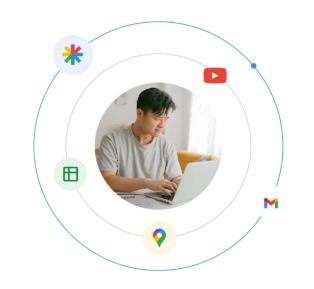
7. Conversion Tracking
Google Ads
- Fully integrated with:
- Google Analytics
- Google Tag Manager
- Conversion pixels and remarketing tags
- You can track micro-goals (clicks, time on site) and macro-goals (purchases, form fills, phone calls).
- Great for attribution and ROI tracking.
Push Ads
- Most push ad networks support:
- Postback URLs
- Tracking pixels
- Third-party tracking tools (like Voluum, RedTrack, Bemob)
- Tracking setup is manual, and data accuracy may vary.
- No built-in analytics like Google’s dashboard.
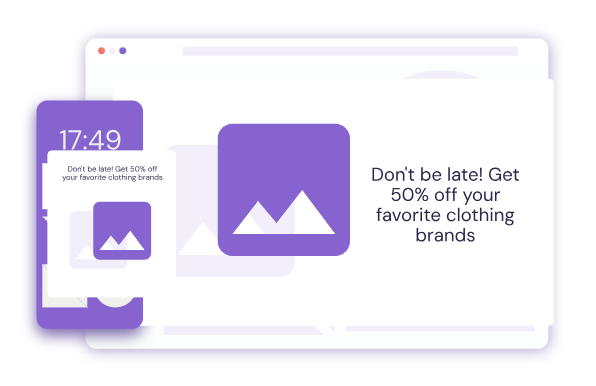
8. Ad Approval Process
Google Ads
- Has strict content policies (especially for health, finance, adult, gambling, political content).
- Review process can take hours to days.
- Disapprovals can happen due to policy violations like:
- Misleading claims
- Trademark use
- Low-quality landing pages
Push Ads
- Faster approvals, often under an hour.
- Flexible ad policies, depending on the network.
- Allows verticals like:
- Sweepstakes
- Mobile content
- Dating
- Nutra/Health
- But beware: Some networks may deliver low-quality or bot traffic if not vetted properly.
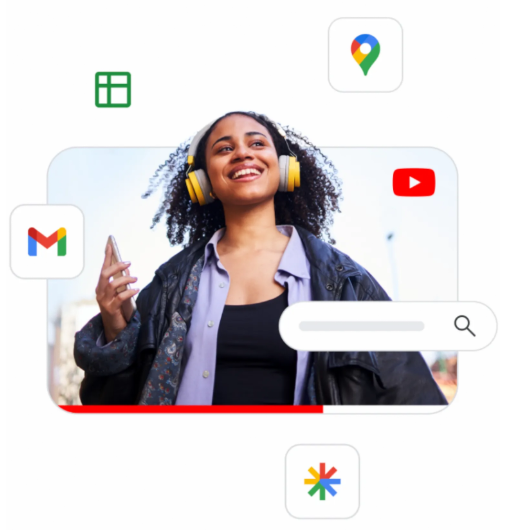
9. Ad Fatigue
Google Ads
- Lower fatigue since users see ads based on their actions (searching, browsing, watching).
- More trust in text or video ads, especially if matched to intent.
Push Ads
- Higher fatigue rate because users may receive many daily notifications.
- Overexposure leads to banner blindness or unsubscribes.
- Requires fresh creatives and frequent testing to keep CTR up.

10. Best Use Cases
Google Ads Is Best For:
- Local services (plumbers, dentists, tutors)
- E-commerce brands
- SaaS companies
- High-ticket services
- B2B lead generation
- Companies needing precise targeting and brand safety
Push Ads Are Best For:
- Affiliate marketers (CPL/CPS offers)
- Mobile app installs
- Sweepstakes and contests
- Adult, dating, nutra verticals
- Advertisers who want cheap clicks, fast approval, and broad reach
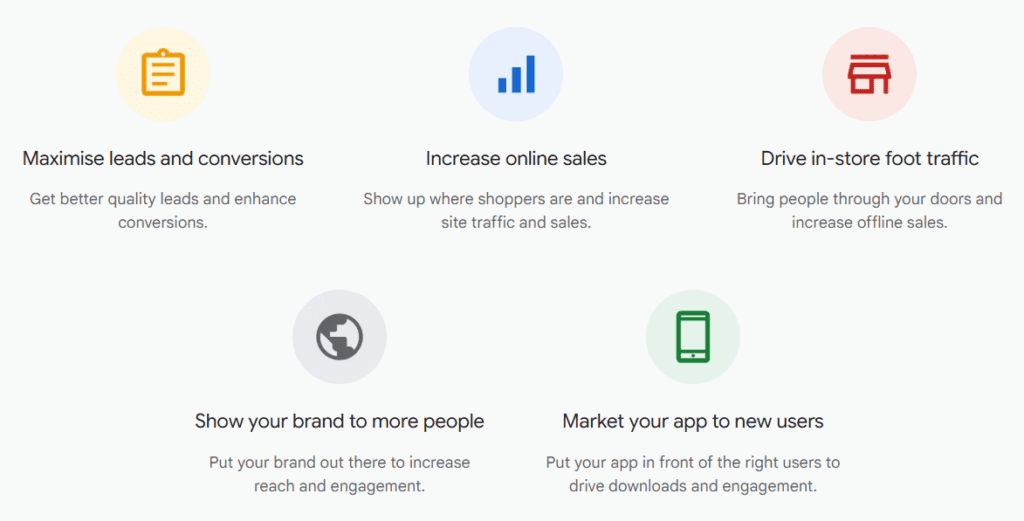
11. Retargeting Capabilities
Google Ads
- Offers advanced remarketing features.
- You can show ads to users who:
- Visited your website
- Added items to cart but didn’t purchase
- Watched your YouTube videos
- Supports dynamic remarketing, where ads auto-show products users previously viewed.
- Excellent for recovering lost leads and increasing ROI.
Push Ads
- Some networks offer retargeting via push subscriber lists, but it’s limited.
- You can’t track user behavior as deeply as Google does.
- Often used for broad targeting, not personal retargeting.
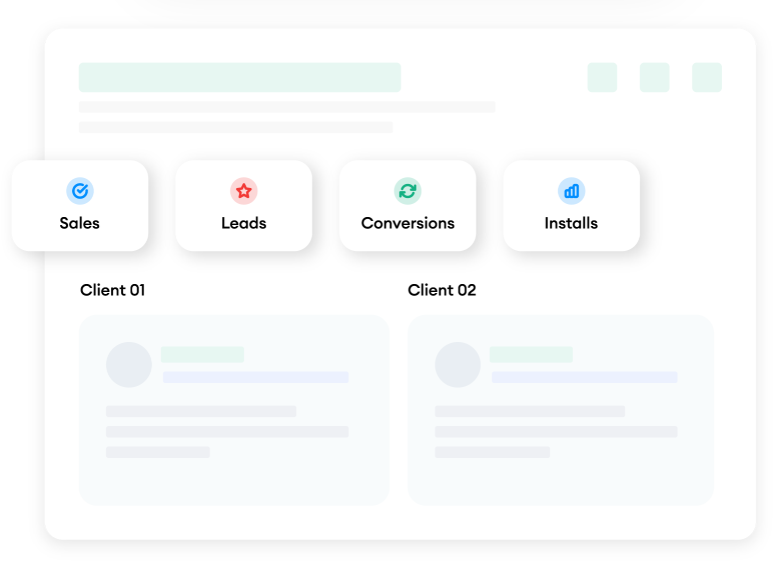
12. Traffic Quality & Source Control
Google Ads
- Google traffic is generally high-quality and trusted.
- Comes from real user searches, YouTube, and premium sites.
- You have full control over placements and can block bad sources or apps.
- Google also filters invalid clicks automatically.
Push Ads
- Traffic quality depends heavily on the ad network.
- Some networks mix bot or low-engagement traffic if not verified.
- You have less control over exact sources, though some networks offer blacklisting/whitelisting options
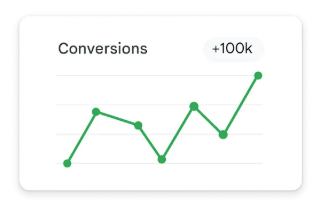
13. Learning Curve & Ease of Use
Google Ads
- Powerful, but can be overwhelming for beginners.
- Requires understanding of bidding strategies, match types, tracking, and ad quality scores.
- Best results usually come after testing, learning, or hiring a specialist.
Push Ads
- Much easier to set up.
- Campaigns can be launched in minutes with basic images and text.
- Perfect for new affiliate marketers or solo advertisers looking to start quickly.
Pros & Cons of PushAds
| Pros | Cons |
|---|---|
| Low CPC and budget-friendly | Low user intent (less likely to convert) |
| High visibility (direct to screen) | Limited targeting options compared to Google Ads |
| Fast and easy approval process | |
| Quick to set up (simple creatives) | |
| Scalable for high-volume traffic |
Pros & Cons of GoogleAds
| Pros | Cons |
|---|---|
| High user intent (better conversions) | Higher CPC, especially in competitive niches |
| Advanced targeting options | Can be complex for beginners |
| Multiple ad formats (search, video, etc.) | |
| Great for brand trust and visibility | |
| Strong analytics and conversion tracking |
✅Push Ads Are Best For:
- Affiliate Marketers Running CPA or CPI Offers:
Push ads are very popular among affiliate marketers who promote offers like app installs, sweepstakes, dating signups, or health products. Since these campaigns usually focus on cost-per-action, the low CPC of push ads makes it easier to stay profitable. - Advertisers Who Want Cheap Traffic Quickly:
If you have a limited budget and want to test how people react to your product or offer, push ads are a great option. You can launch campaigns in minutes, and get thousands of clicks at a very low price — sometimes even less than ₹1 per click in Tier 2 or Tier 3 countries.
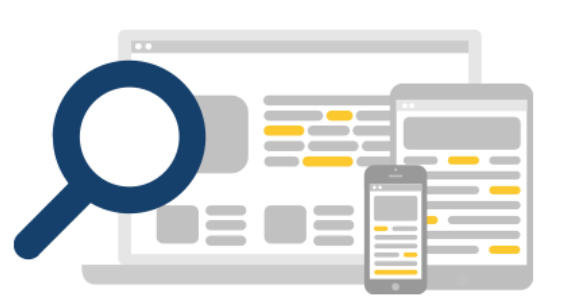
- Beginners Who Want Simple Setup:
Push ads don’t need complicated creatives or targeting. A small image, catchy headline, and short description are enough. You don’t need to learn about bidding strategies, match types, or ad extensions like you do in Google Ads. - Campaigns Targeting Developing Countries:
If your target audience is in countries like India, Brazil, Indonesia, or Nigeria, push ads can help you reach them at a fraction of the cost of Google Ads.
- Short-Term, Performance-Focused Campaigns:
Push ads work well when your goal is quick conversions, such as collecting email leads or getting installs. They’re not the best for long-term branding but perfect for volume-driven campaigns.

✅ Google Ads Are Best For:
- Businesses That Want Long-Term, High-Quality Results:
Google Ads is built for serious advertisers who want to grow their brand, get loyal customers, and stay visible on major platforms like Google Search, YouTube, and Gmail. If you’re running a business with a website, store, or service — this is the platform for you. - Marketers Who Need High-Intent Leads:
Google Ads targets people who are actively searching for something specific (like “best gym near me” or “buy DSLR camera”). These users are more likely to take action because they already know what they want — you just need to show up at the right time.
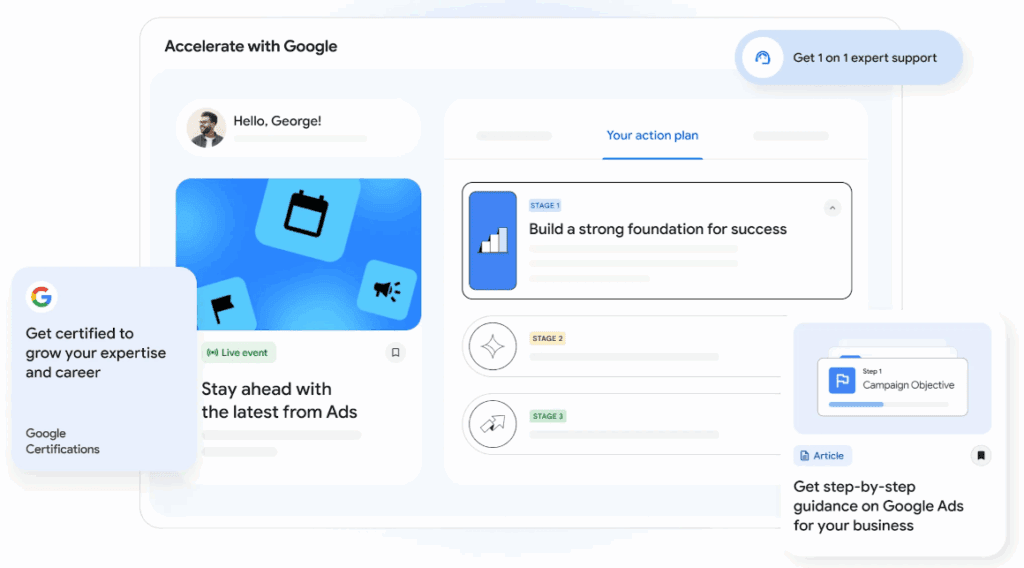
- eCommerce Stores, Local Services & SaaS Companies:
Whether you’re selling products online, offering a service like plumbing or law, or promoting a software tool, Google Ads helps you reach the right audience with search, shopping, and video ads. - Advertisers Who Want Deep Targeting & Tracking:
You can customize your campaigns to target users based on age, gender, location, interests, device type, and more. You also get strong conversion tracking tools through Google Analytics, Google Tag Manager, and remarketing options. - Brands That Care About Trust & Visibility:
If you want your brand to be seen as credible and professional, Google Ads offers high-quality placements and strict ad policies, which help build user trust. People are more likely to click and convert when they see your ad in a search result or trusted website.
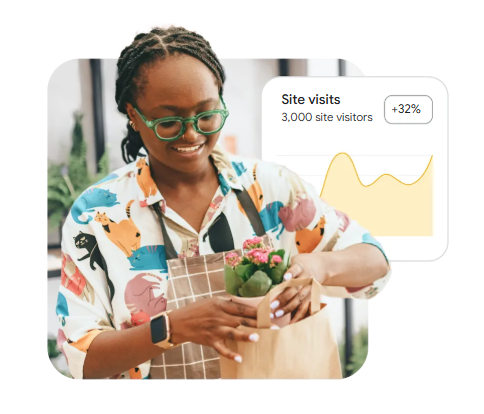
Final Verdict
Winner: Google Ads — for its high-intent traffic, advanced tools, and long-term value for real businesses.
Both platforms have their strengths, but they serve very different purposes.
If you’re an affiliate marketer, want quick and cheap traffic, or you’re testing low-risk CPA offers — then Push Ads can be a solid pick. They’re easy to set up, cost-effective, and great for short-term results in less competitive markets.
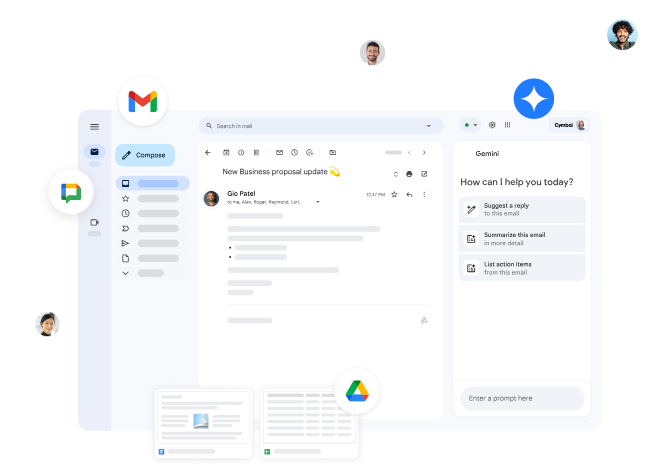
However, if your goal is to build a real business, drive high-quality leads, and get results from people who are actively searching for what you offer — then Google Ads is the clear winner. It gives you better targeting, stronger conversions, and long-term brand visibility that push ads simply can’t match.
Frequently Asked Questions
1. Can I use both Push Ads and Google Ads together?
Yes! Many marketers use Push Ads for awareness and volume and Google Ads for intent and conversions. They can work well together when managed properly.
2. Are Push Ads safe to use?
Yes, if you’re using a trusted Push Ad network, they are safe. However, always check for bot traffic and choose networks with good reviews and transparency.
3. Which one is better for beginners?
Push Ads are easier to start with — they need simple creatives and less setup. But Google Ads, though more complex, offers better long-term results if you’re willing to learn.
4. How fast can I get results with Push Ads?
Very fast. You can start getting clicks within minutes of launching a campaign. Push Ads are great for quick testing, especially when you want to know if an offer has potential.
